Occupation PhotographerArtist Name Ervin Marton | Spouse(s) Martha Marton Role Photographer | |
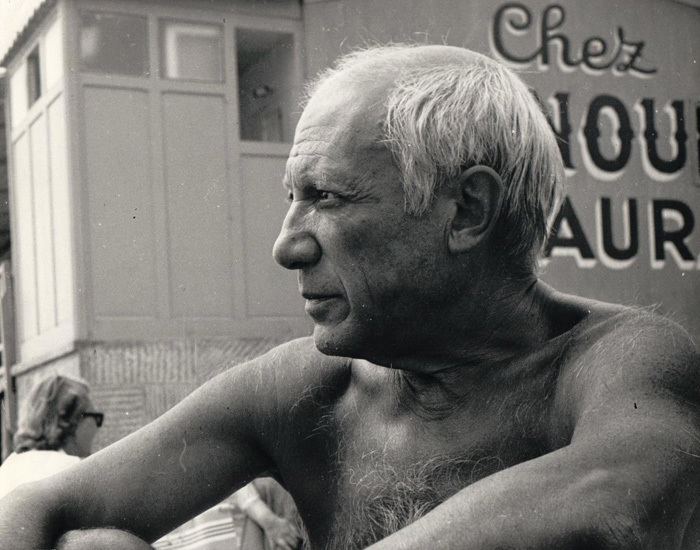 | ||
Children Pier MartonYves Marton Died April 30, 1968, Paris, France | ||
Ervin Marton (known as Marton Ervin in Hungarian; June 17, 1912 – April 30, 1968) was a Hungarian artist and photographer who became an integral part of the Paris art culture beginning in 1937. An internationally recognized photographer, he is known for his portraits of many key figures in art, literature and the sciences working in Paris, as well as for his candid "street photography". His work was regularly exhibited in Paris during his lifetime, as well as in Budapest, London and Milan. It is held by the Hungarian National Gallery, the Bibliotheque Nationale in Paris, and the Hungarian Museum of Photography, as well as by major corporations and private collectors in Europe and the United States.
Contents
- Early life and education
- Career
- War years in Paris
- Post war years
- Marriage and family
- Commissions and recognition
- Legacy and honors
- 21st century exhibits
- 20th century exhibits
- Partial listing of publications
- References

Together with numerous other Hungarians and immigrants, Marton joined the French Resistance during the Nazi occupation of Paris in World War II. Artists and intellectuals participated in projects of aiding refugees, printing clandestine communications to keep up morale, and forging passes to aid people trying to escape the Nazis. Afterward, Marton was awarded the Medaille de la Liberation (French Liberation Medal) by the French government.
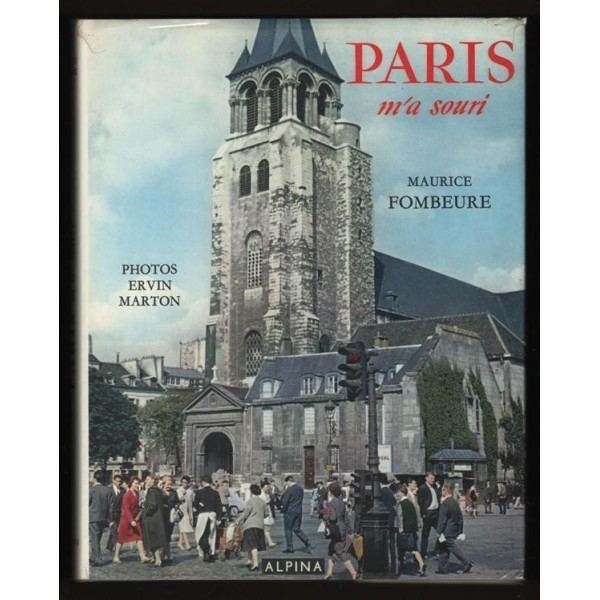
Renewed interest in the Hungarian artists of 20th-century Paris has generated major 21st-century exhibits of Ervin Marton and his contemporaries. These include exhibits in Vienna, Austria (2004); and Kecskemet (2004) and Budapest, Hungary (2007 and 2010). Marton's street photography of Paris was exhibited in California (2009) together with that of the 20th-century photographers Inge Morath and Max Yavno. In 2010–2011 Marton's photos of female nudes were exhibited with those of other Hungarian artists at the Institut hongrois in Paris.

Early life and education

Ervin Marton was born in Budapest, Austria-Hungary, on June 17, 1912 to Istvan Preisz and his wife Janka Csillag, a Jewish-Hungarian couple. He had two sisters. Ervin started drawing as a child; and as a teenager, he began to work in photography, although he never studied it formally.
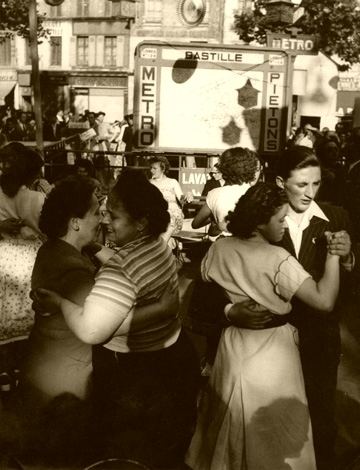
A cousin by marriage was Lajos Tihanyi (1885–1938), one of the Hungarian artists' circle known as The Eight (Nyolcak) (1909–1918 in Budapest), who became a renowned painter and lithographer. In 1919, after the fall of the short-lived Hungarian Democratic Republic, Tihanyi emigrated to Vienna. He went on to Berlin, where he became friends with Brassai and other younger Hungarian artists and writers. After the Hungarian and Russian revolutions, many artists and intellectuals migrated to Berlin from Eastern and Central Europe, where in the early 1920s, there was a "short-lived" synthesis of the international avant-garde with artists and intellectuals of Western Europe.
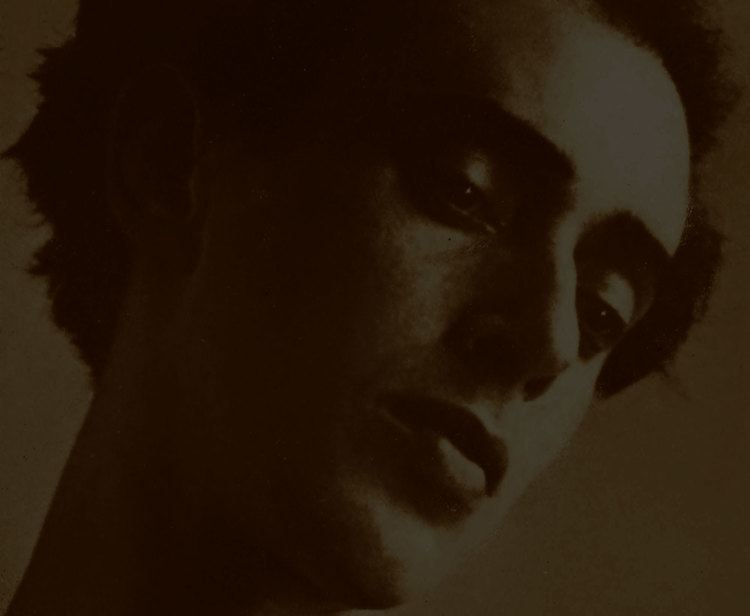
Lastly, Tihanyi emigrated to Paris in 1924, along with many other Hungarian artists, including Brassai and Andre Kertesz. After Marton went to Paris in 1937, Tihanyi introduced him to many of the friends in his large emigre circle.
After completing his Baccalaureate, Marton continued his studies at the Omike Drawing School in Budapest, under the artist Mano Vestroczy. He also studied at the Budapest Arts and Crafts Institute (1934–1937). During the summers from 1935–1937, he regularly spent time in Kalocsa, about 90 miles south of Budapest. Marton was fascinated by the Roma, whom he drew, painted and photographed there.
Career
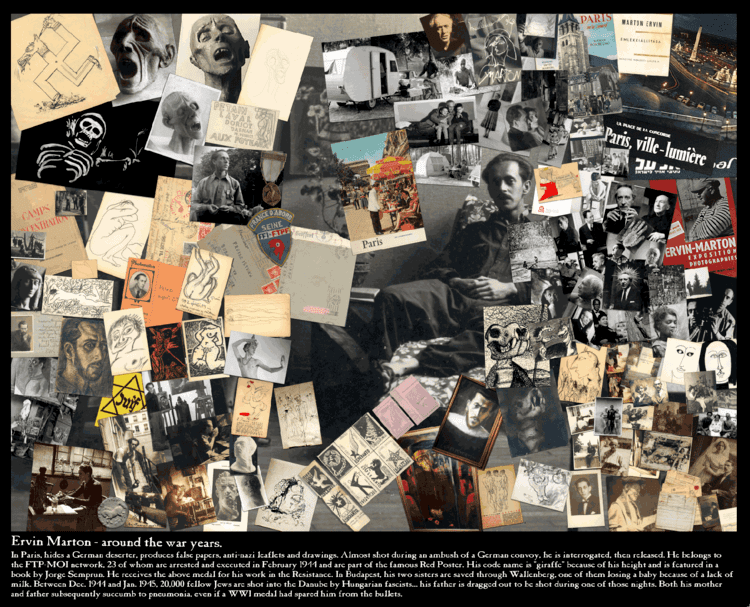
In the 1930s, Marton had his first exhibit at galleries in Budapest, when he was in his early 20s. His graphic art exhibit in 1936 at the Muterem (Studio) Gallery with Aladar Farkas was praised by the critic Artur Elek of the Nyugat, and the writers Maria Dutka and Odon Gero. Edit Hoffman purchased several of Marton’s works from the exhibit for what became the Hungarian National Gallery (Magyar Nemzeti Galeria). Until 1946 and his father's death, Marton frequently signed his work using his father’s name Preisz as a surname (Ervin Preisz), or sometimes using Paal (Paul).
Marton became intrigued by the growing Esperanto movement and its concept that using one language would bring people together. He accepted a commission for a series of stamps that celebrated Esperantist ideals.
War years in Paris
In 1937, Marton moved to Paris, a center for artists and writers from across Europe and a refuge for Jews suffering anti-Semitism in their native lands of Germany and eastern Europe. He became part of the vibrant circle of Hungarian emigre artists. Marton continued to study as well. He took classes in painting and sculpture at the Ecole des Beaux-Arts, where his teachers were Paul Louis Bouchard (1853–1937) and Grammond.
Through his cousin, the painter Lajos Tihanyi (who died in 1938), Marton became part of an older circle of established artists and writers. He got to know the photographer Brassai and the writers Gyorgy Boloni Marton also became connected to the writer Andor Nemeth and the painter Bertalan Por. The latter was one of The Eight with Tihanyi in Budapest before World War I, and both men were also friends of Brassai. Although Kertesz had emigrated to New York City in 1936, he and Marton became friends during his regular trips to Europe.
After World War II started, the Germans invaded and occupied France (1940–1944). Marton was among numerous immigrants who joined the French Resistance, working in a small group with other Hungarians and foreigners, many of them Jewish. As part of the Francs-Tireurs et Partisans – Main-d'Œuvre Immigree (FTP-MOI) group in the Paris metropolitan area, Marton drew and distributed numerous underground flyers, which most partisan groups produced to keep up civilian morale.
In collaboration with the artist Jozsef Stremi, in the 1940s Marton created the design for a stamp to celebrate the poet Sandor Petofi, renowned for his role during the Hungarian Revolution of 1848. In 1954, a catalogue was published in Paris that showed the significance of the widespread, but clandestine communications by the FTP-MOI and other groups.
Marton also took part with Lajos Papp in several high-risk actions to prepare false documents for wanted persons and help them hide from the Nazis. Among those aided were a German writer and deserter, and the Hungarian artist Ferenc Varga. (A friend of Marton, Varga was the nephew of the noted novelist Zsigmond Moricz.)
Numerous young Jewish Hungarian artists and intellectuals were part of the Resistance, including the painter Sandor Jozsa, sculptor Istvan Hajdu (Etienne Hajdu), journalists Laszlo Korosi and Imre Gyomrai, the photographers Andras (Andre) Steiner and Lucien Herve (by then a French citizen), and the printer Ladislas Mandel.
Three Hungarian Jews were part of the Manouchian Group, which became legendary in the events of the Affiche Rouge. They were captured, subjected to a show trial, convicted and executed with 18 of their comrades in 1944. The Germans distributed posters to publicize their capture, which described them as criminals; citizens used the posters as rallying symbols for the opposition, marking them "Mort pour France!" (Died for France!) after the executions of the group. Marton made a graphic image for the Phenix, an underground pamphlet published in April 1944 by the Magyar Semle (Revue Hongroise), to commemorate the three Hungarians killed from the Manouchian Group. Jorge Semprun, a Spanish writer who also served in the Resistance, referred to Marton's group in a postwar novel about that period.
Marton was able to protect much of Tihanyi's and his own early work through the war, helped by his friendships with Brassai and Boloni, who arranged for storage. Their support of Hungarian art continued after the war. In 1965 Kertesz, Brassai and de la Fregonniere helped transfer work of Tihanyi, Marton and other Hungarian artists to the Hungarian National Gallery, founded in 1957.
(Although Marton's parents survived the Holocaust in Budapest, they were weakened by deprivation and died of pneumonia soon after the end of the war. His two sisters were saved by Raoul Wallenberg, but the baby of one died during the war.)
Post-war years
Artistic activity in Paris rapidly revived in the years after the war. From 1944–1946, Marton worked with Boloni and Por in the reorganization of the Hungarian House, a cultural center for emigre artists. The community organized their own exhibits and discussions. He was invited to participate in many group exhibits, among which in 1947 were the Surrealist Exhibitions at the Galerie Maeght. That year he also had works in the School of Paris exhibit in London, his first showing in that city.
Marton was also featured in solo shows: in 1948, the Galerie Palmes had a retrospective of his work. The catalogue’s preface was written by Louis Cherronnet, critic for the magazine Arts, who was a supporter of Marton's work. In 1953, the Galerie St. Jacques gave Marton a solo show. In the catalogue preface, the writer Blaise Cendrars described Marton as the “the ace of white and black photography.”
From his work in the 1940s and 1950s, Marton is internationally known as one of the masters of street photography, capturing people in their daily lives. In 1965 he was given a solo show in Italy at the Circolo Fotografia Milanese (Photography Club Milan). In addition to photography, Marton continued to work in other art forms: painting, graphic art and sculpture.
The strong Hungarian connections within the Parisian art community continued to flourish. In the postwar years, Marton helped new artists, for instance, teaching photography techniques to the Hungarian immigrant Michael Peto and encouraging him at the beginning of his career. Peto returned to London, where he developed as an internationally known photojournalist in his own right.
Marriage and family
After the war, Marton met his future wife Martha Rudas, who had immigrated to Paris from Budapest. She was a descendant of Moses Sofer (the Chasam Sofer) in a long line of rabbis and their wives. During the war years, she hid in Budapest in one room with her two sisters and a baby niece. Her first husband Gyorgy Rudas had died during the war while working in a Jewish forced labor group in Hungary.
Marton and Martha married and had two sons together. Pier is a video/new media artist, professor and writer; Yves is an anthropologist who has also taught capoeira.
Commissions and recognition
Marton’s artistic recognition led to many work opportunities. His photograph commissions included:
During the 1940s through 1960s, a period when magazines published extended photo essays, Marton’s photography was featured in such major French periodicals as Paris-Match, Regard, Lettres Francaises, and Point de Vue. His work was also published internationally in U.S. Camera and Travel (now Travel + Leisure); Photography Year-book (London) and Japanese publications. Critics praised his work in reviews appearing in Arts, Le Monde, Regard, and Le Canard Enchaine, and on the French Radio Network. For instance, the critic Georges Besson noted his admiration in Lettres Francaises.
Marton was selected as a photographer for the art catalog, Peintres Temoins de leur Temps (Painters Witness of their Times). In addition, his portraits of the writers and artists Jean Cocteau, Marc Chagall, Paul Leautaud, Francois Mauriac, and Pablo Picasso, among others, were exhibited at the Bibliotheque Nationale (National Library). These portraits, along with those of Jacques Prevert, Darius Milhaud, Albert Schweitzer, Jean Genet, Albert Camus, Charlie Chaplin, Gaston Bachelard, Yves Montand, Juliette Greco, Leonor Fini, Tsuguharu Foujita and Marcel Jouhandeau, received critical acclaim. Today the Bibliotheque Nationale holds and conserves many of his photographs.
On April 30, 1968, Ervin Marton died suddenly of a brain hemorrhage in Paris. He was 55 years old and survived by his wife and two sons. At the time, the Hungarian National Gallery was preparing a retrospective exhibit of his work. Following his death, the curators adapted the exhibit and presented it in 1971 as an homage to Marton and retrospective. They published the exhibition catalog that year: Eva N. Penzes, Ervin Marton Memorial Exhibition. In addition to his photography, the National Gallery holds one of his paintings and works in graphic art. Marton's work has been collected by the Hungarian National Gallery, the Bibliotheque Nationale, private collectors and major corporations.
Since the Hungarian Museum of Photography (Magyar Fotografiai Muzeum) opened in 1991, it has also collected Marton's work. In 2004 the museum featured the photographer in a solo retrospective exhibit. The museum is particularly interested in the Hungarian photographers such as Marton, who made international reputations while working in other countries.
Following Marton's death, his family donated his sculpture to the Szombathely Keptar in Szombathely, Hungary. Founded in 1985, the gallery features mostly 20th-century artists and later. In 1992 it had two exhibits of Marton's photographs, 80 Eves and Afterimages.
Ervin Marton’s Estate is represented by the Stephen Cohen Gallery in Los Angeles, California.
